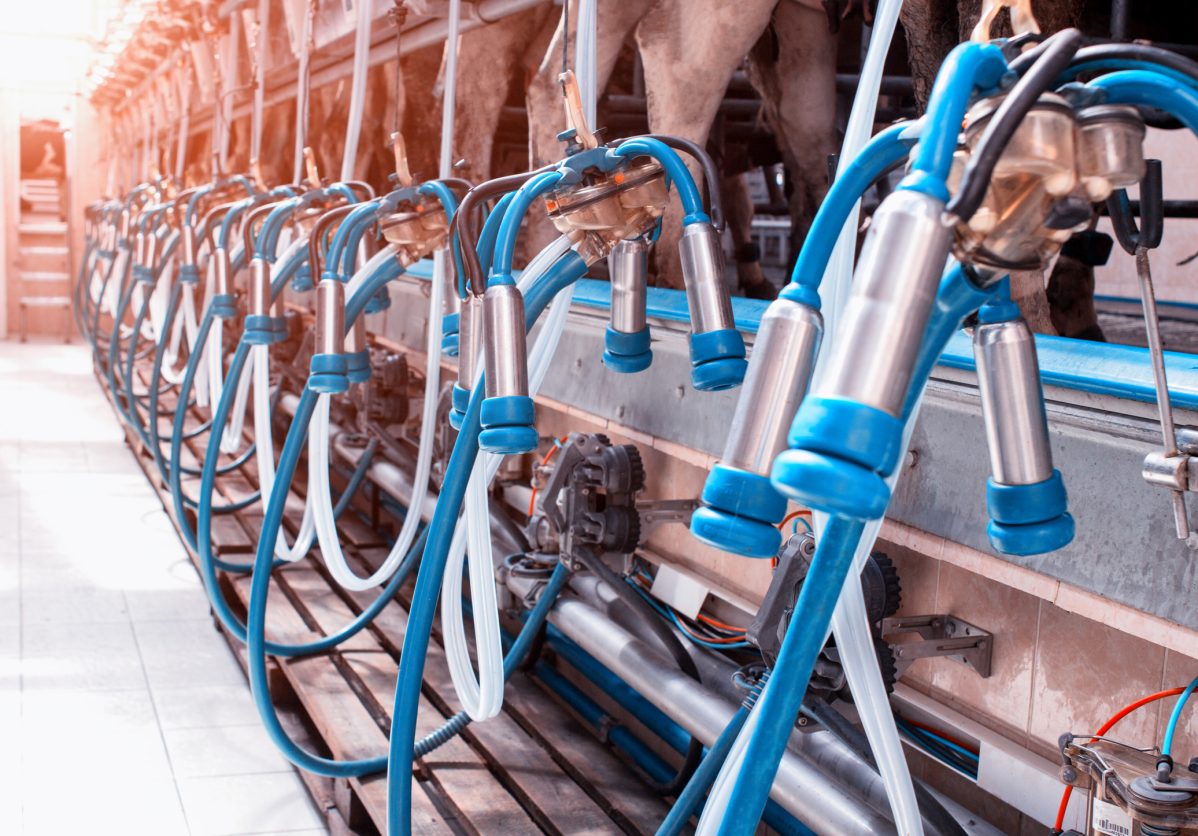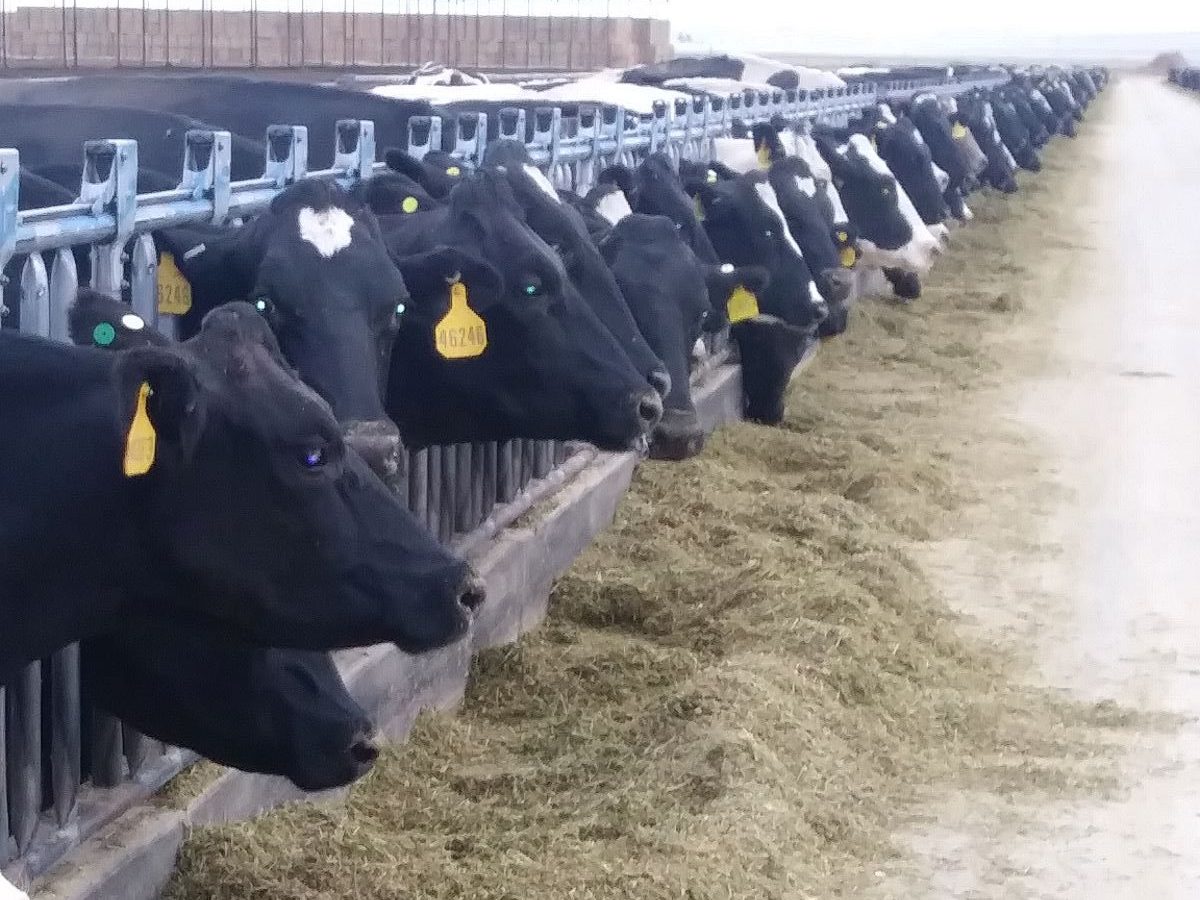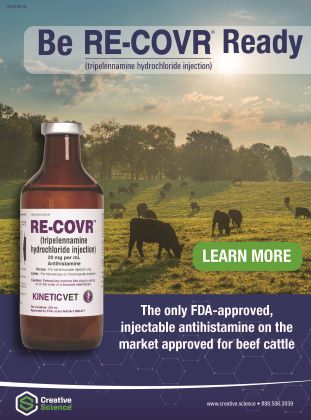Articles
Purina® CX8™ Additive Technology Unlocks Reproductive Potential in Beef Cattle
ARDEN HILLS, Minn. (Sept. 4, 2025) — Purina Animal Nutrition, an innovative leader in animal nutrition, is driving the success of reproductive health in beef cattle through the launch of CX8™, an additive technology designed to optimize reproductive performance for beef producers utilizing advanced reproductive technologies such as artificial insemination, embryo transfer and semen collection. Purina’s […]
READ MORE
John Deere Launches the New V452M Round Baler, Built for Productivity
Purpose-built for high-volume operations demanding density and automation OLATHE, Kansas (Sept. 2, 2025) – John Deere (NYSE: DE) today announced the introduction of the V452M round baler to the North American lineup. This provides enhanced productivity and precision to larger-scale hay and forage operations. The V452M headlines the newly updated lineup of VR and CR […]
READ MORE
Upgrading Dairy Parlors
Upgrading Dairy Parlors Traditional dairy parlors are the roots of the dairy industry. These systems were the backbone of dairy farms for generations, and they were characterized by their simplicity, labor-intensive nature, and a strong connection between the farming family and their animals. A traditional parlor system consists of a long barn with a central […]
READ MORE
Total Mixed Rations (TMR) for Dairy Cattle
Total Mixed Rations (TMR) for Dairy Cattle A Total Mixed Ration (TMR) is a feeding method in which all feed ingredients, including forages, grains, protein sources, minerals, and vitamins, are combined into a single, uniform mix. This type of feeding program is often used in feedlots and dairies—especially dairies. It helps ensure that each bite […]
READ MORE



